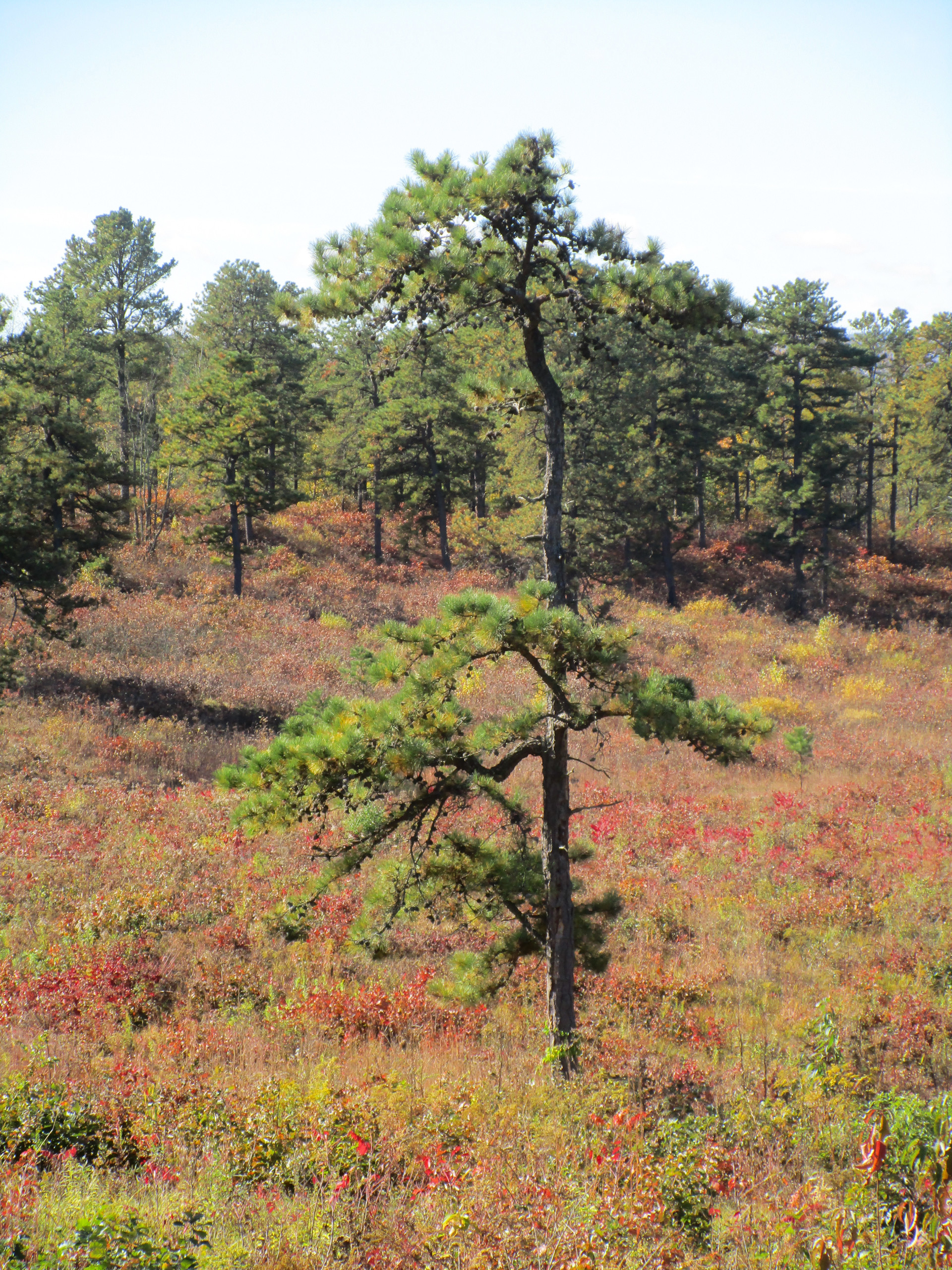by Lynne Jackson
ALBANY, NY: Dr. George Robinson shared his adventures studying and speculations about the mysterious Patroon Creek, Albany’s only remaining above-ground creek at the November SPB lasagna dinner at the First Presbyterian Church.
The Patroon Creek begins in Lake Rensselaer, which is in the Pine Bush. The creek is fed by water filtered through huge amounts of sand of the Pine Bush which means that the water is of good quality. This is an unusual situation, because, unlike an Adirondack creek, the Patroon Creek does not flow down lots of gullies, but rather it is water that is flowing underground.
In 1850, the six mile reservoir was created. A hundred years ago, people would picnic on the Patroon Creek.
Dr. Robinson is working on part of a study of the Patroon Creek. The major partners in this grant are the United States Geological Survey (USGS), the City of Albany, W. Haywood Burns Environmental Justice Center, the NYS Department of Environmental Conservation, and the US Environmental Protection Agency (EPA).
Dr. Robinson is studying and trying to understand what is associated with the creek in terms of natural ecosystems in order to do restoration planning. Restoration planning is setting up some guidance for all of the people interested in trying to improve the environment, the ecosystem.
The main concern at this point is trying to identify contaminants. There are some very serious contaminants in Patroon Creek. Identifying the contaminants is important and determining whether or not the contaminants are being moved around or are sequestered.
First, in order to study the creek, researchers need to know how fast and the volume of water flowing through the creek. To find out that information, the United States Geological Survey (USGS) has installed a flow meter where the creek flows into the Hudson River. W. Haywood Burns plans to have this data collected from this flow meter available on the internet in a few months.
The Patroon Creek is one of the most contaminated creeks in an urban area in New York State. It begins at a grate in Six Mile Waterworks and ends at the Corning Preserve. To define the watershed of the creek, or where the water for the creek flows from, researchers study maps and outline the highest points of land surrounding the creek. Dr. Robinson believes that the leachate from the old Albany City landfill, located in the Pine Bush, flows into the Krumkill creek and then on to the Normanskill.
Despite its contamination, many people are using the creek for recreation, which is of serious concern.
W. Haywood Burns is performing a lot of the field work, including water quality samples. Some of these samples go the Albany Water Lab, where they are analyzed for fecal coliform and ions, contaminates associated with septic systems and fertilizers. Heavy metals are in the sediments. The City of Albany Water Department is very much involved.
In his preliminary investigation, Dr. Robinson has seen a whole series of pipes associated with roadways, housing developments, and industries, pumping water in the creek, but he does not know where the pipes come from or what might be in the water. A creek which feeds into the Patroon Creek winds through the industrial park in Colonie, where such industries as National Lead (NL Industries) are located.
In the not so distant past, some very serious contaminating industries along the creek were shut down, and the hope is that what these industries were doing is no longer in the creek.
Dr. Robinson has evidence of very high levels of lead, mercury and depleted uranium (which still may be a little hot) in some of the sediments along the creek. It is not known if these contaminants are currently getting into the water, but they certainly did in the past. NL Industries was one of the industries on the a creek that feeds into the Patroon Creek. The site of NL Industries has been declared a superfund site and the cleanup is still going on. The question Dr. Robinson is studying is whether all of the contaminates will be removed, and whether some of the contaminates are in the creek and if those contaminants are confined or moving.
Its very expensive work to study mercury. But, studying all of these contaminates is important, because children play in the creek.
To study the creek, Dr. Robinson has identified different sections of the creek which have different ecosystems. In some places, the creek runs very close to the highway, with little natural areas surrounding it, in other sections, the creek has wide natural areas on both sides. One of the best things to do to preserve the water quality of a creek, is to have good, high quality vegetation surrounding it. The bigger the border of natural area around the creek, the healthier it is going to be. Dr. Robinson plans to identify the most interesting zones for restoration. In looking at the ecology of various zones, Dr. Robinson will be looking at the type of vegetation, the water quality, the aquatic wild life, including insects. “And, if we find any fish, we will congratulate them.”
The Patroon Creek flows through Tivoli Lake Preserve. This 80-acres in Arbor Hill was made a preserve in 1980. It has had a complex land use history from dumping in the past to current recreational opportunities. Tivoli is a mosaic of natural and disturbed ecosystems.
Patroon Creek Restoration has many challenges. The study that Dr. Robinson is working on with its testing and analysis of natural areas surrounding the creek, will form a good basis for the restoration of the creek.
Printed in the January/February 2003 Newsletter
